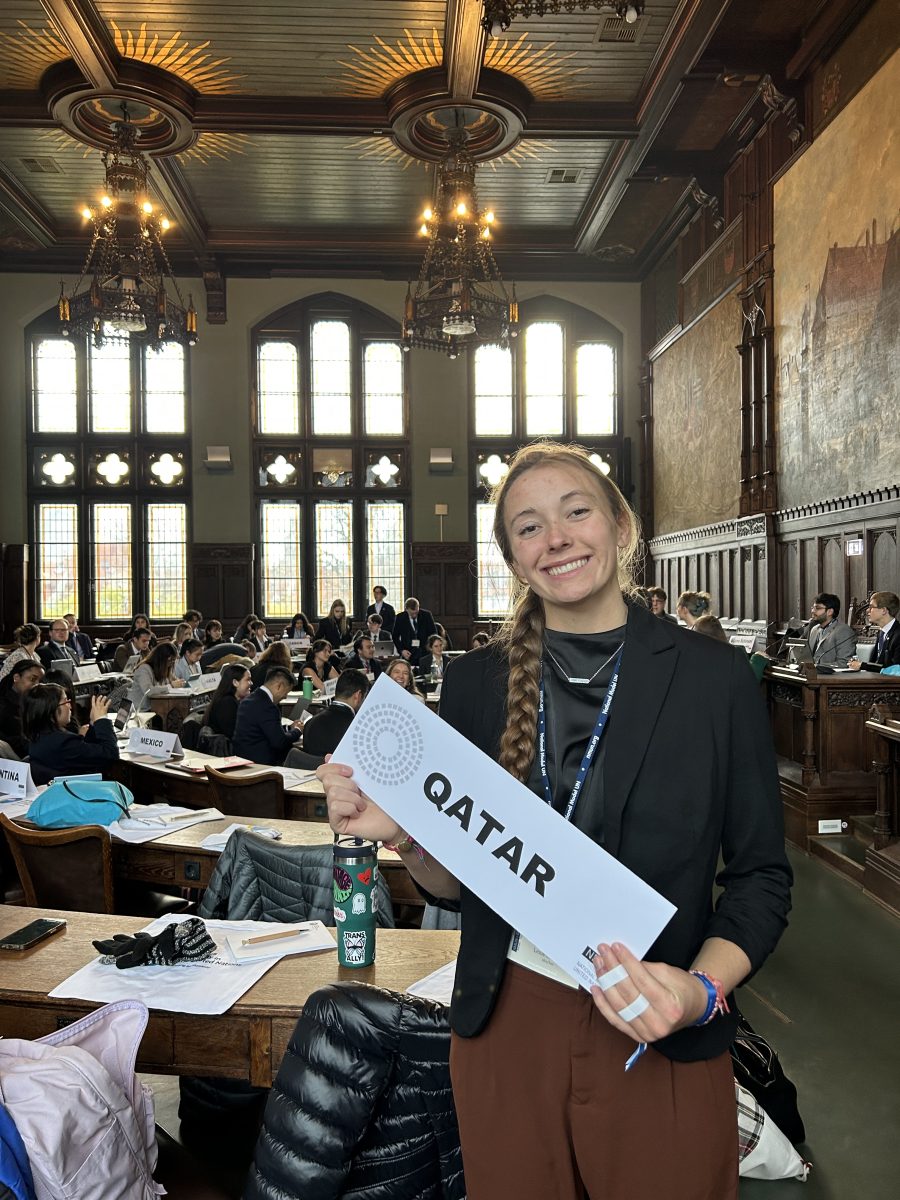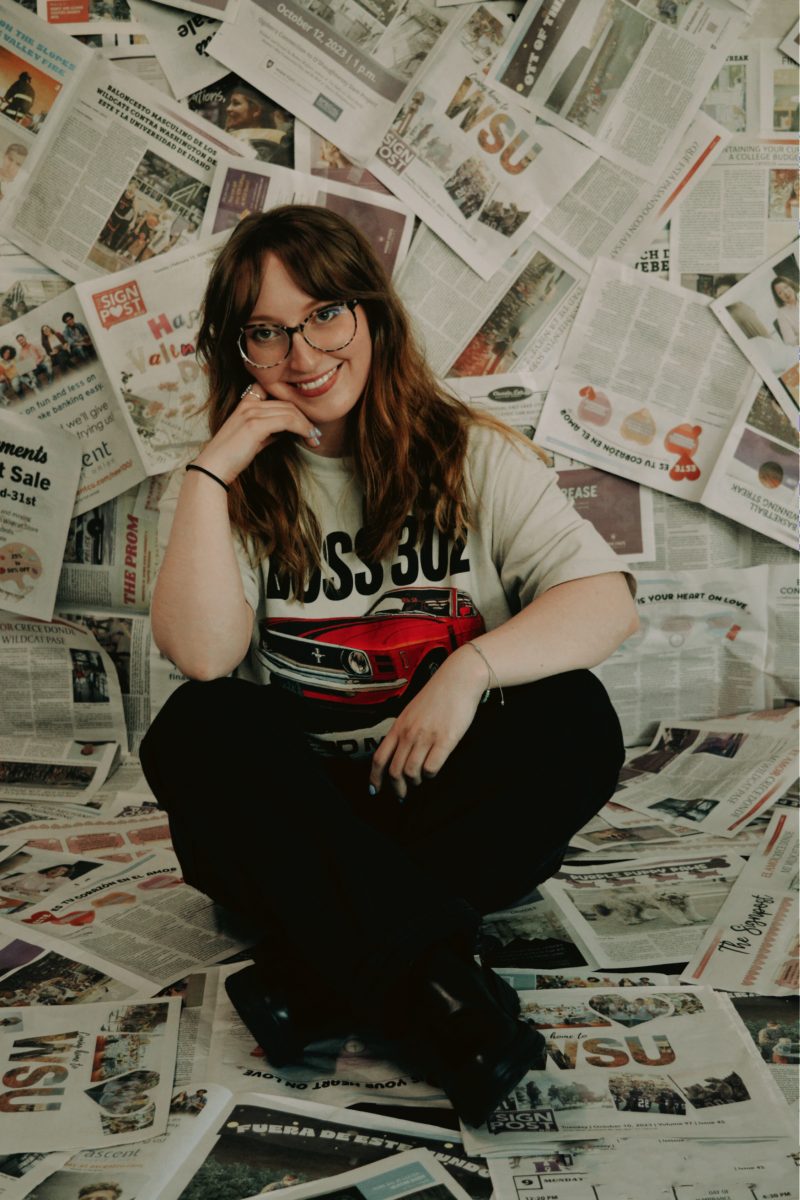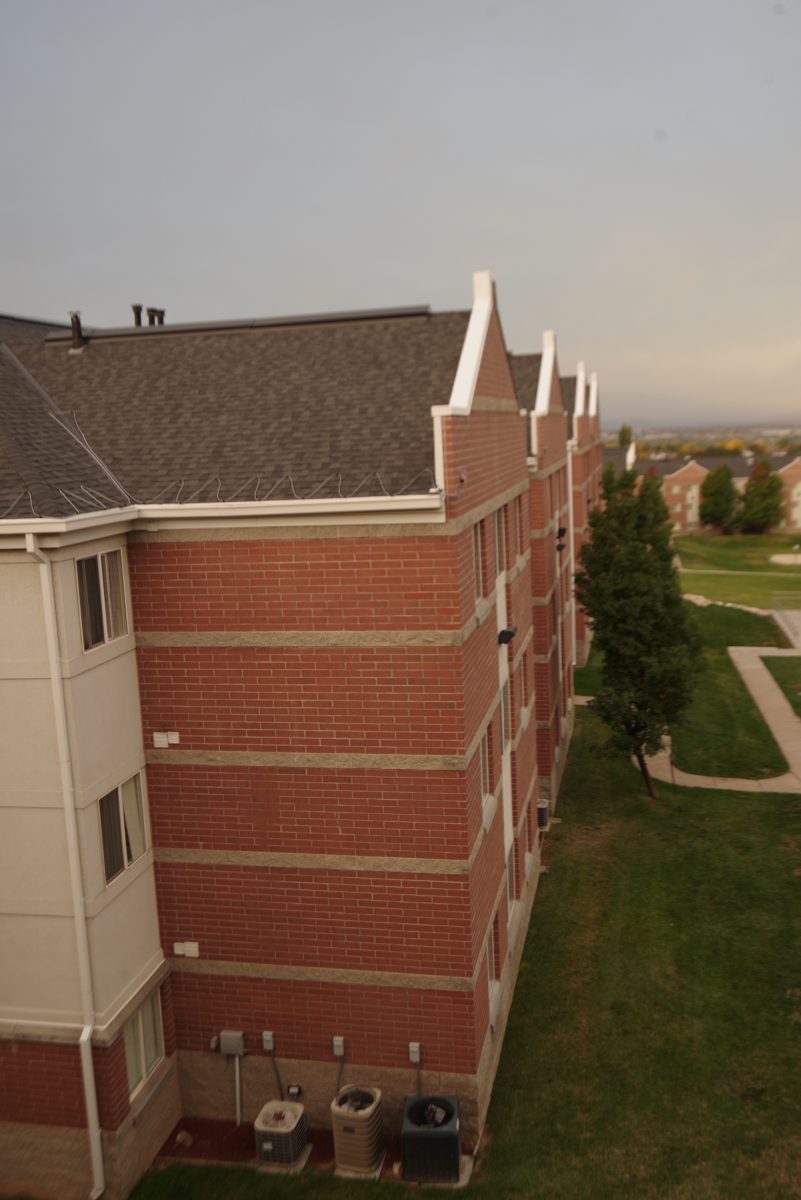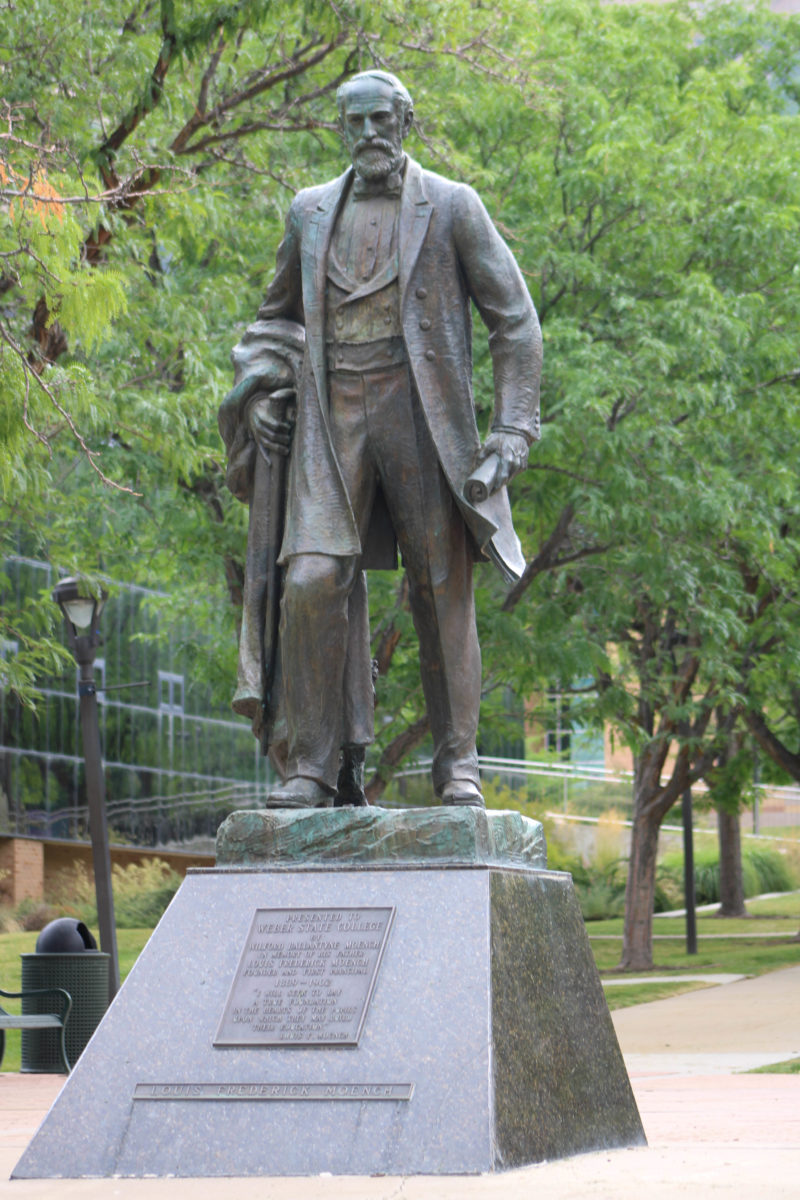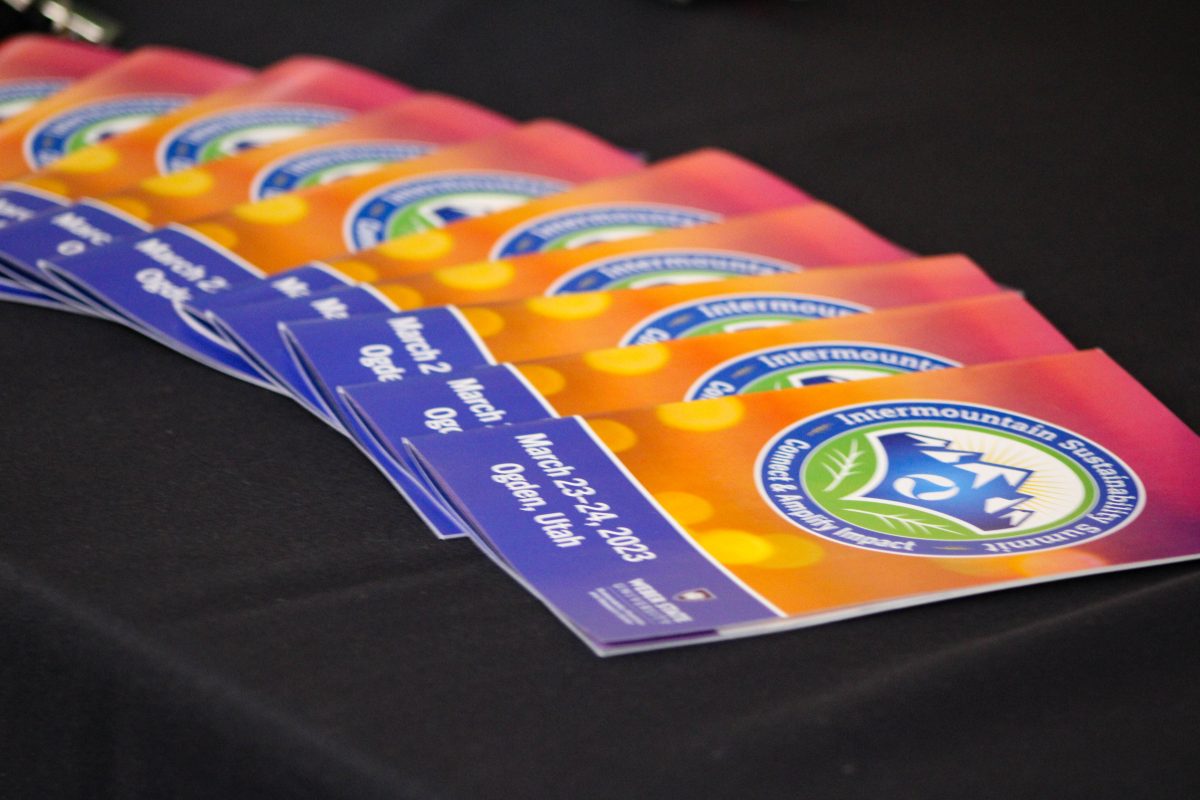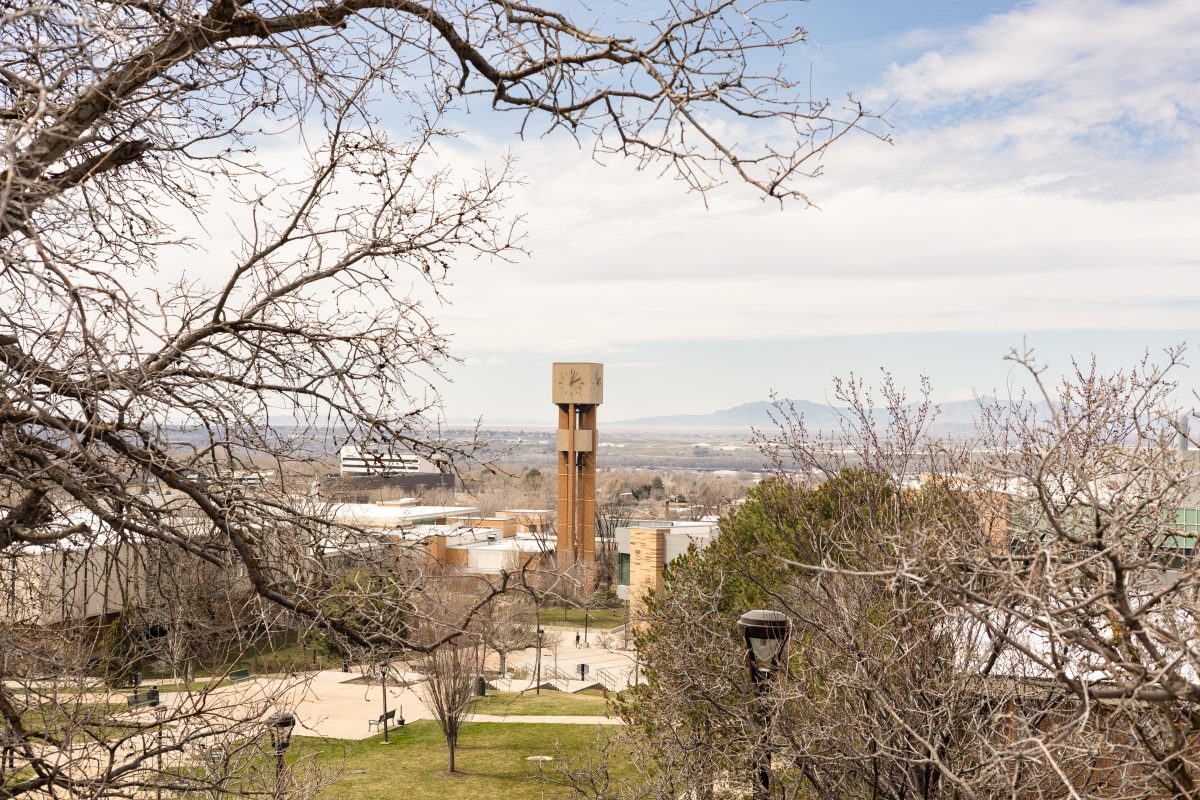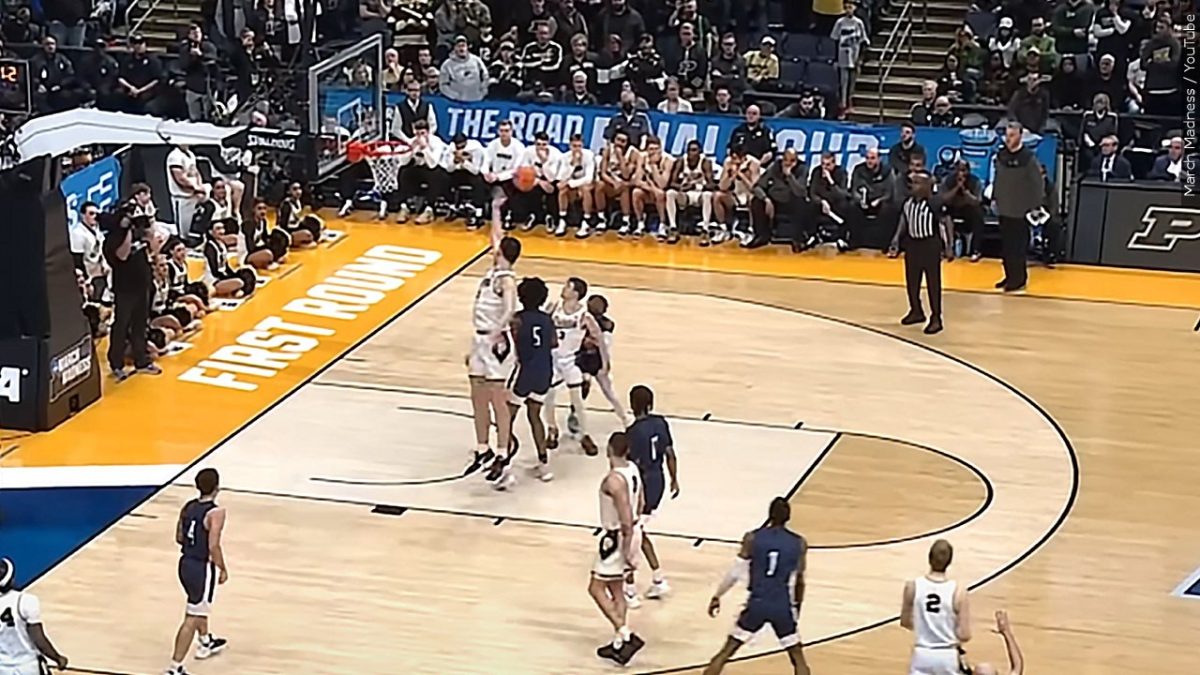Art is many things — beautiful, confusing, subjective — but it also has guidelines when it comes to its definitions. True, we can interpret art however we want, but I think we should also know what can be classified as art and not.
First, let me clarify that I will be discussing purely visual art in this column. I would love to discuss the other forms of art, but I’ll save that for another time, maybe.
Now, to set down some guidelines for determining art.
First, art must be affected by man in some way. There are many pretty things in this world, but we can’t call every pretty thing art.
Second, art cannot serve any other function than the intent of art. For example, if you make something in pottery class that could be used as a cup, you can’t use it as a cup.
Not hard guidelines to follow, right? For the most part, these guidelines are easy to follow and make perfect sense. But there are two things that can’t be art: nature and architecture.
Let’s begin with nature. It breaks the first rule by not being affected by man. When a person makes something out of natural elements, it then becomes art. This doesn’t mean that it needs to be taken out of its natural element.
Artist Andy Goldsworthy often does this with his pieces. One piece in particular that helps illustrate my point is “Icicle Star.” Normally, I would not consider an icicle a piece of art. Goldsworthy took icicles and joined them together with saliva, creating a beautiful star and leaving it in nature. Even though the original piece didn’t last, it is immobilized in a photograph, which is another way that the piece has been affected by man.
This is how I can justify some, not all, of nature photography. Though the actual place is not a piece of art, the photograph is. The photographer had to consciously decide where to focus the lens, whether or not to use a filter, what type of lighting to take the photo in, and how to develop that film. All of these things culminate in a final piece that is art.
So, if nature can become art through the effect of man, why isn’t architecture art? Because architecture breaks the second rule.
So many gorgeous buildings exist, from cathedrals to hotels. As technology progresses, the creativity of architecture is growing, making buildings seem even more artistically inclined. They are still not art.
Many people disagree emphatically with me on this point, but I stand firm. Art can only serve the purpose of art. Architecture will always inherently have another function of support, cover or various other things. Sometimes, buildings have artistic elements, like statues or columns, and these pieces of the building can be considered art. The building as a whole can’t be.
“But, Jennifer,” you may ask, “why do we study these buildings in art history classes, then?”
Simple. We aren’t really studying the buildings. We are studying the artistic elements that the buildings contain. These elements can then be applied to our own artwork.
I think we sometimes view the older world as more artistically inclined because of the vast array of pottery and statues we have from those days. The fact is those things weren’t art back then. They were simply pots or ritual statues. We, as a culture, have set them aside and made them art. When we stop using a building for the purpose of a building and set it aside for only art, then it will be art.
I did mention at the beginning that art was beautiful, confusing and subjective. These conclusions I have shared are because of numerous discussions I’ve had over my collegiate career. I don’t necessarily like them, but I’ve come to accept them. But you’ll have to go through the same torture I have to come up with your own conclusions. I can only share the knowledge I have acquired. Enjoy.



